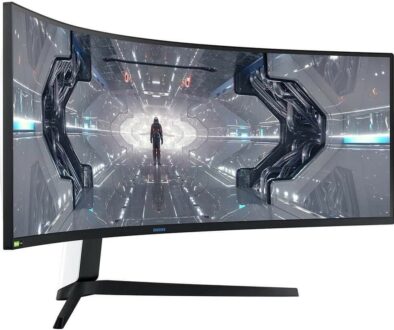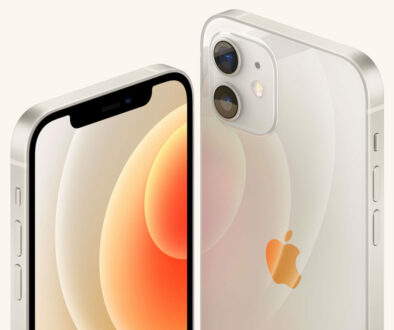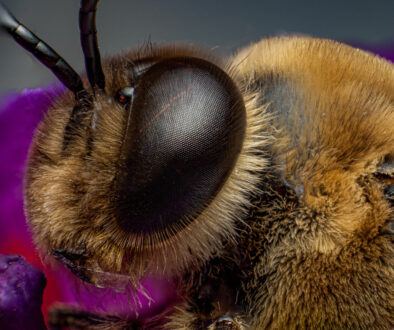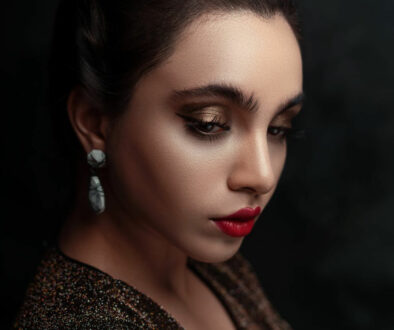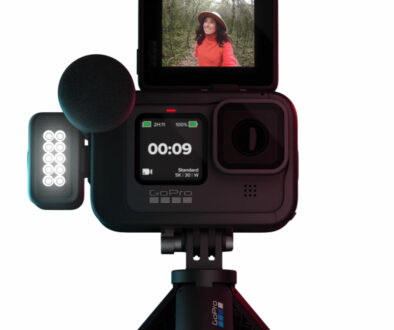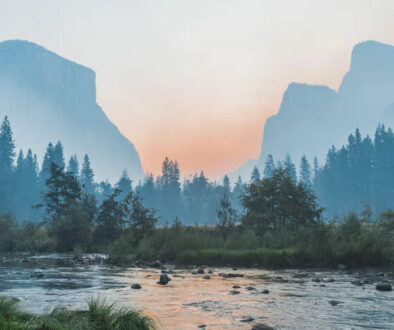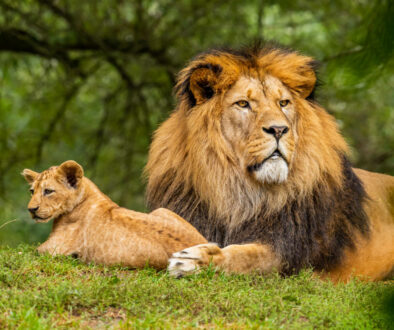Master Black & White Photography With This Quick Tutorial
Black and white photography is not about pure black or pure white, it is also about the different shades of gray. It is about using all the possible tones of gray (including pure white and pure black) to produce compelling images. Devoid of colors to express oneself most photographers find it excruciatingly difficult to master a compelling composition entirely in black and white. Here is a quick tutorial to master black and white photography.
Quick Tutorials and Top Tips to Master Black and White Photography
To be honest black and white photography is not that difficult once you understand the fundamentals of expressing yourself using tones and textures.
In this article, we shall discuss the top tips to master black and white photography.

Tip # 1 – Try and Shoot Black and White Straight in Your Camera
Color photography requires a whole different approach than if you shoot in black and white. It can be very confusing if you go back and forth between shooting color and black and white. Therefore, if you are interested in honing your black and white photography skills we recommend that you go out and shoot in black and white on purpose.
This does two things. First your concept of shades of gray changes. You start to look at things in terms of varying shades of gray rather than color. It is an acquired taste, and your brain needs to be reprogramed to be able to do that.
The second thing that happens is you start to look at compositions in a whole new way. When your compositions lack color, it becomes imperative that your compositional strength is outstanding else the image lacks the punch to keep a viewer hooked on.

Tip # 2 – Master the concept of Zone System
Arguably the greatest landscape photographer who ever lived, Ansel Adams together with Fred Archer developed what is now known as the Zone System. The Zone System is a system that allows for a standardized approach to exposure and printing.
This is how the zone system works. A standard zone system uses a scale from 0 to 10. 0 denotes the blackest of black or pure black where you cannot hope to see or recover any details at all.
On the other hand, 10 stands for the purest white or the whitest of white. Here too you cannot determine any detail nor hope to recover anything.
The middle area from pure black to pure white is broken into 9 zones from zone 1 to zone 9. Moving from one zone to the other increases or decreases the amount of detail by a factor. It is usually an f-stop apart.
So, when you move to Zone 1 you will still find the image completely dark but there might be a few details appearing.
Again, moving to Zone 3 you may be able to see some details emerging for the first time. Textures might become visible.
Zone 5 is the middle ground. This Zone is also known as Middle-gray. All the textures in the image are easily viewable.
It is also to be noted that all built-in metering systems in cameras are designed to look at a scene as if it is to be Middle Gray or Zone 5. If it is not Zone 5 it will push or pull the exposure so that it becomes a Zone 5 exposure. And this is where problems start.

Case Study
Let’s give you an example. Let’s say that you are photographing a bride and a groom. The bride is wearing pure white and the groom is wearing pure black. what would you expose for? If you leave it to the camera it will pull the exposure to Zone 5 and the result will be two similar shades of gray for the bride and the groom’s attire.
What zone should you be putting your exposure to ensure that both the bride’s and the groom’s attires appear exactly what they are?
Exposing for the highlights is the best approach. With an excellent dynamic range of modern cameras, you can always push your shadows and recover details from them. In this case with the groom wearing black, you don’t even need to push your blacks too much.
Anyways, when you expose for the highlights shoot to adjust your exposure so that you are anywhere on or around Zone 7. That will allow your camera to pick up all the details in the white dress of the bride and still be able to capture a lot of details in the shadows.

Tip # 3 – Look for tonality, and contrast that will pop in black and white
Bright hues of color will not be an attractive proposition for black and white photography. Because at the end of the day a bright blue dress or a bright red kaftan will be just two shades of gray in the final black and white image.
You need to look for textures and contrast in the scene that can pop up in the final image. Look for the background which is in contrasting tones to the subject’s dress. Not necessary blue against green will pop up. unless the blue is a shade of light blue and the green is deep olive green.
Also, look for textures because they tend to do well in black and white compositions. Followed closely by brightness and shadows because they add contrast to your images.
Tip # 4 – Watch out for bad light
That’s a trick question. Because there is no such thing as bad light. What you consider bad light, let’s say an overcast day, raining and others, a portrait photographer will find it highly suitable to do some portraitures.
The lack of hard light and therefore the absence of contrast in the scene is not always a problem. Most people feel the need to control the light and adjust it to their advantage. We feel this is a fruitless exercise. Instead, you can adjust your shooting style to match that of the light quality.
If it is raining, try to use the wet surface of the street to capture some reflections. Use the situations to capture some motion blur because the lack of light allows you to drag your shutter speed.
Speaking of reflections bright light can often create blinding reflections which are difficult to capture. Subtle muted light, such as the one on an overcast day will create reflections that would be easier to capture.

Tip # 5 – look for shapes
The world we live in around us is all about shapes. Circular, square, rectangular, pyramids you name it, and they are all there around us. The absence of colors sometimes ensures that these shapes are more apparent and easily usable in your compositions. Always keep this in mind as they will make your photos and subject more interesting.

Tip # 6 – Work with the angles
I am a big fan of Elliot Erwitt’s black and white photography. Erwitt is a master exponent of the “Decisive Moment”, a concept that was proposed by Henri Cartier-Bresson. Cartier-Bresson was arguably the greatest street photographer ever.
Anyways, Erwitt’s images were mainly about seemingly improbable situations that are obviously from everyday life but never quite familiar.
One of his iconic images was that of a small dog, probably a chihuahua on a leash standing on the streets. Next to the dog are the feet of its owner and next to those are the front feet of another giant dog breed. The two sets of feet are very similar in posture except that one belongs to a human and the other to a dog.
The image was shot from the ground level and this perspective is what made the whole image possible.
Therefore, we encourage you to shoot from every angle possible.

Tip # 7 – Use a camera that allows you to experiment and shoot
You might wonder what kind of a suggestion is that? Every camera is good and every kind of camera would allow you to experiment and choose within the barriers of physical capabilities of that camera. So why suggest the use of a camera that allows you to experiment?
Well, most cameras are designed to shoot color images. They allow you to zoom and change lenses and dabble with the zoom ring and do wonderful things. There is too much going on at one moment and that can be a problem because it takes away your attention.
Choosing a simple camera, and armed with just one lens preferably with a fixed focal length is the best way to get started shooting black and white photography. Not because the classical photographers before us have done it and not because it is kinda cool to be seen with a Leica Monochrome around your neck, but because it takes all the unwanted attention-grabbing elements out of the equation. And in the process, it narrows down your focus to see beyond what is obvious, beyond what an average photographer sees.




